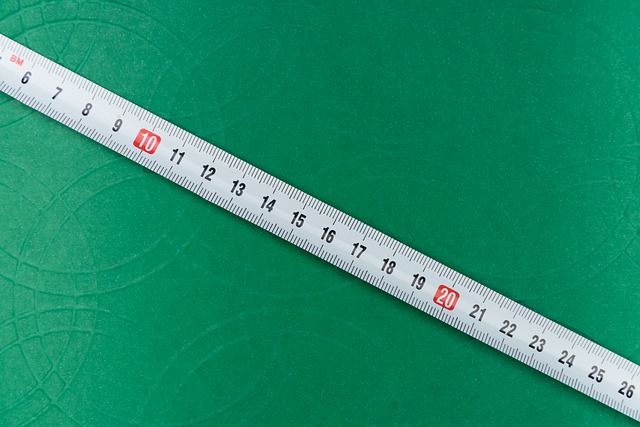A linear displacement sensor is a device used to monitor and measure linear position. Linear displacement sensors can be used in various applications, from automated manufacturing to robotics. Therefore, it is essential to know how linear sensors work and their benefits to decide which type to use for your application.
The below-mentioned portion will address things such as what linear displacement sensors are, basic motion and position sensing, various types of linear displacement sensor technologies, considerations on how to plump the best linear sensors, requirements for linear displacement sensors, tips, and suggestions on using a sensor correctly,
What is a linear displacement sensor?
Linear displacement sensors are a type of sensor used to measure the movement of an object across a surface. They are commonly found in automated manufacturing, robotics, and automotive engineering. Each linear displacement sensor consists of a base plate, electric motor, and end plate.
Linear displacement sensors fall into two categories: standard and magnetic. Standard linear displacement sensor technology uses an electrical motor to move the baseplate along rails on both sides (or only one side). Magnetic linear displacement sensors use permanent magnets that align themselves with the movable part (i.e., end plate) to provide movement feedback (depending on their coupling).
Linear displacement sensors: types and technologies
Linear displacement sensors can be categorized into two major types: standard linear sensors and magnetic linear sensors. Both offer different advantages and disadvantages depending on your application needs. One of the main benefits of using a linear displacement sensor is that it can detect motion with high accuracy along a specific path. In addition, the ability to detect motion from one side to another makes them ideal for applications where it is essential to monitor either an open or closed position.
In addition, linear movement sensors are widely used for load detection and control and monitoring door openings and closings. Standard linear displacement sensor technology uses an electrical motor (motor) to move the baseplate along rails on both sides or only on one side.
A linear movement is defined by the distance the motor travel along the rails of a standard sensor assembly. Because the electric motor moves through a specific distance each time it rotates, a standard linear movement sensor can be defined by the distance travelled between two operating positions (i.e., two ends of its range).
How accurate is a linear displacement sensor?
Linear displacement sensors are designed to detect motion along a specific path. Because they measure the movement of an item over a linear path on either side, they can offer high levels of accuracy by using electromagnetic induction. In addition, linear sensors are typically equipped with features that can limit the speed at which it moves, providing greater accuracy.
As mentioned above, standard linear motion sensors use an electrical motor that determines movement by travelling along tracks on both sides of the baseplate. Since the electric motor passes through only a certain distance at every rotation, each time it rotates to its next position, it will move past the same distance in each direction along its track. The ability to detect motion on either side of its track makes the standard linear displacement sensor very versatile in various applications.
Are linear sensors fast?
Though many factors may affect a sensor’s speed, users need to know that the fastest standard linear displacement sensors can detect motion up to approximately 30 mm/s (1.2 in/s). The distance determines the velocity travelled per rotation, which remains consistent if operating within their rated range. Always consult your linear displacement sensor supplier’s specifications on specific sensor information such as maximum speed, accuracy, and power requirements before using a linear motion sensor in your application.
Selecting a Linear Displacement Sensor
When selecting a resistor, it is essential to consider your application’s speed, accuracy, and power requirements. Once you have determined these characteristics, the following are some suggestions for linear displacement sensors that may work well for your application:
Application Example 1: Positioning – Selecting a sensor for positioning applications is critical regarding power, accuracy and operating temperature range. For example, if you are implementing a speed requirement of less than 5 mm/s (0.2 in/s) and require high accuracy down to 1 μm (0.04 in), consider a standard linear displacement sensor such as an LDT1-A025-1000 (that has 0.02% accuracy, ±5 mm/s speed and -40 to 185 °C (–40 to 365 °F) operating temperature range).
Application Example 2: Door Sensing – For applications requiring line tracking, such as monitoring door openings and closings, a standard linear displacement sensor with a long-range is recommended because it can detect movements accurately on either side of its track. An LDT4-A025-4000 is an option because it has a maximum range of 4 m (13 ft) within an accuracy of 6 μm (0.24 in).
The above-listed portion explains everything about the Linear displacement sensor.
